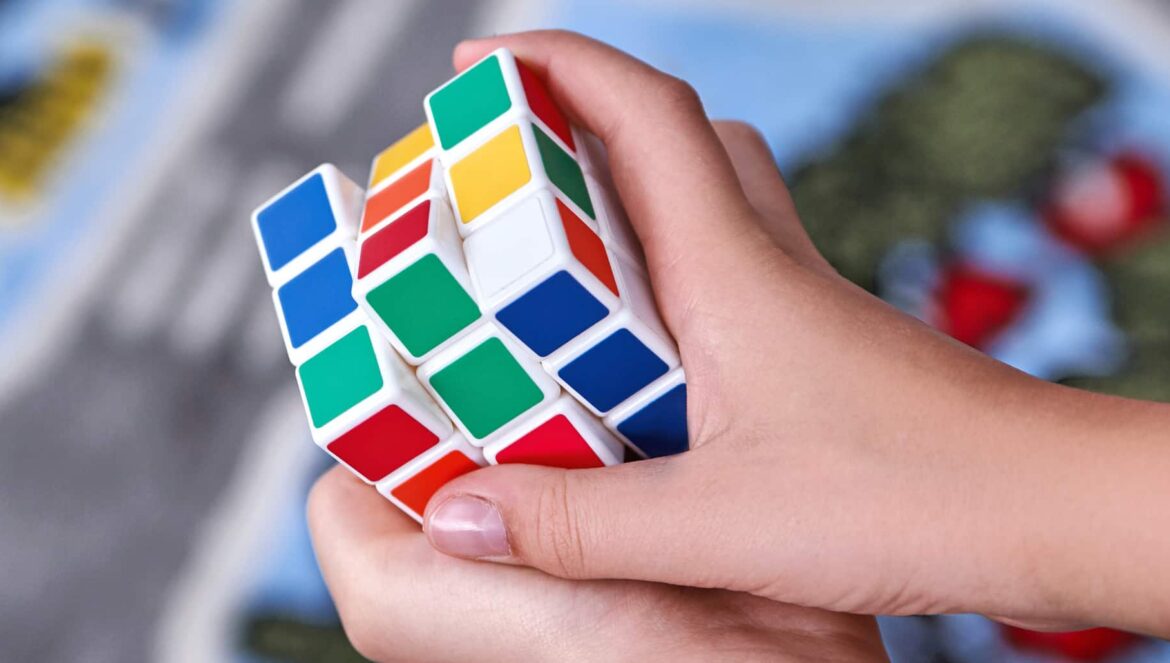Table of Contents
In a landmark experiment, Jacob Getzels and Mihaly Csikszentmihalyi brought in art students who were given the task of drawing still life from a selection of objects to test creativity. They found that students displayed one of two behaviors – problem-solving and problem-finding.
Problem-solving students moved quickly to sketching with a more conventional arrangement, while problem-finding students spent considerably longer examining, exploring and rearranging their objects. What they learned next was quite interesting.
The problem-finding artists generated paintings that were judged to be more original by a panel of independent experts. But what was even more fascinating was how these artists fared in the long run. Getzels and Csikszentmihalyi measured the success of these students seven years after the experiment and again after another eleven years. They found that problem-finding students were the most successful in their careers as artists compared to problem-solving students, many of whom had abandoned art altogether!
Three Categories of Creativity & Problem Finding
Given the importance of problem finding to creative accomplishment, Getzels also classified different kinds of problem situations into three broad categories:
Presented Problems
Presented problems are those that are offered to the problem solver and typically have a known formulation. An example of a presented problem is when a teacher asks a student. “An apple costs 50 cents and an orange costs 30 cents. How much would 3 apples and two oranges cost?” In this situation, the teacher presents the problem to the student, and there is a known approach to solving the problem, even if the student doesn’t know it.
Discovered Problems
Discovered problems are those that students might pose themselves, and it may or may not have a good answer. A child asking “why does the snow melt?”, is an example of a discovered problem. These problems are often the result of a child’s own natural curiosity, and more often than not, the child enjoys the process of coming up with the problem.
Created Problems
Created problems are those that didn’t exist until someone created them. These are not problems that were encountered as obstacles in the natural course of things, but were actively formulated. An example of a created problem is the Sudoku – no one was solving those puzzles until Howard Garns created it.
Connecting Problem Finding & Creativity in the Classroom
Of the three kinds of problems, discovered and created problems lead to the most creative ideas in every domain from arts to science. Part of what makes us uniquely human is not just our ability to solve problems, but also to find the right problems. And the deeper the problem discovered or created, the greater the human achievement when the problem is eventually solved. Or, as Getzel puts it, “…the production of discovered or created problems is often a more significant accomplishment than the production of solutions to presented problems.”
Problem posing extends to even mathematics, a field conventionally not considered creative. In a study conducted on creativity and mathematical problem posing, researchers asked high school students in the US and China to come up with as many mathematical problems in different tasks. They found that the more mathematically advanced students were also more creative in posing problems compared to their peers.
Problem finding, while often overlooked, is a meta-skill applicable to many different domains and helps build creativity and excellence. Some ways to weave problem finding into the classroom is to ask students to create the next assignment for the class, identify their own topic to research or use in a project, or create games and puzzles for others to solve. Giving students more opportunity to identify their own problems can help build both their knowledge as well as their creativity.
Further Reading on Creativity & Problem Finding
- Enterprise Innovation – Leveraging artificial intelligence for enterprise innovation
- Harvard Business Review – Are You Solving the Right Problems?
- edCircuit – Challenging Assumptions for More Creative Insights




